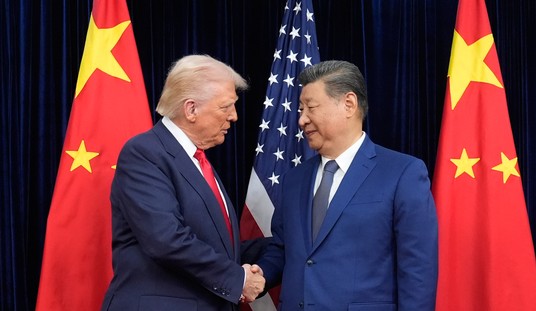Primary care doctors may be in. But their patients are not.
Seems the impatience of millennial patients is driving a major change in American healthcare.
Those 83 million Americans born between 1981 and 1996, by far the nation’s largest age cohort, are turning away from primary healthcare doctors in favor of walk-in medicine at the growing number of urgent care offices across the country.
As with the explosion of online banking, 24-hour groceries and even Uber, the drive behind the movement is convenience and connectivity.
The desire for convenience is not confined to younger people, but it is concentrated there. They’re not inclined to call for a doctor’s appointment several days ahead and then wait in a crowded, well, waiting room., especially when feeling ill.
A recent study by Kaiser Health News found not only rapidly growing walk-in offices with extended morning, evening and weekend hours to suit customer convenience. But it also found also online tele-medicine sites offering virtual visits and health consultations without having to leave home and small retail clinics in existing pharmacies and large stores.
An added advantage is their flat fees, not vague layered ones of a surprising size spit out by the bill printers in standard doctor’s offices.
A recent national poll of 1,200 adults by Kaiser Health News found fully 26 percent of the total reported having no primary care provider at all. But of those aged 18 to 29, nearly half (45 percent) said that. This compares to 28 percent of those aged 30 to 49, 18 percent of those from 50 to 64 and only 12 percent of those 65 and older.
Dr. Ateev Mehrotra of the Harvard Medical School observed:
There is a generational shift, These trends are more evident among millennials, but not unique to them. I think people’s expectations have changed. Convenience (is valued) in almost every aspect of our lives.
Not surprisingly perhaps, such convenience comes with a cost. And the cost is continuity of care that comes from the traditional long-term relationship between patients and their primary care provider.
Recently, a JAMA Internal Medicine report found almost half of patients seeking treatment from an urgent-care clinic for colds, flu or similar respiratory illnesses left with unnecessary prescriptions for antibiotics. This compared to 17 percent of those seen in a regular doctor’s office.
The president of the American Academy of Family Physicians, Dr. Michael Munger, added:
We all need care that is coordinated and longitudinal. Regardless of how healthy you are, you need someone who knows you.
And Munger added, the optimal time to develop that relationship is not during a health problem, but before one.








Join the conversation as a VIP Member